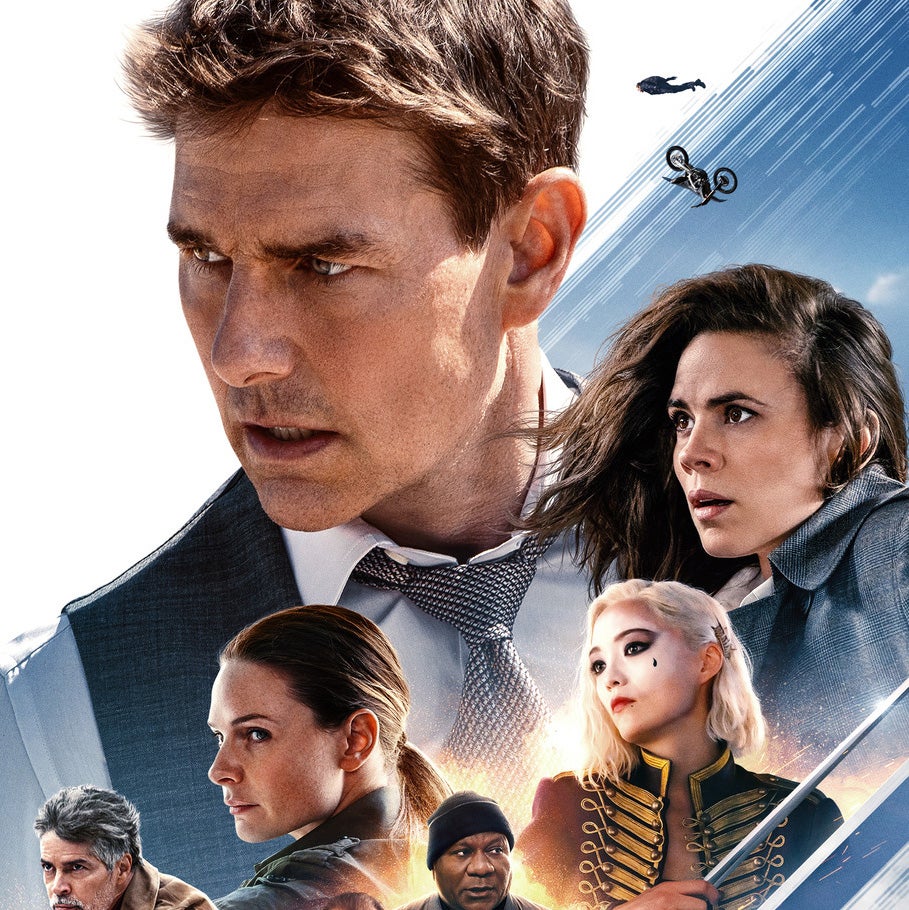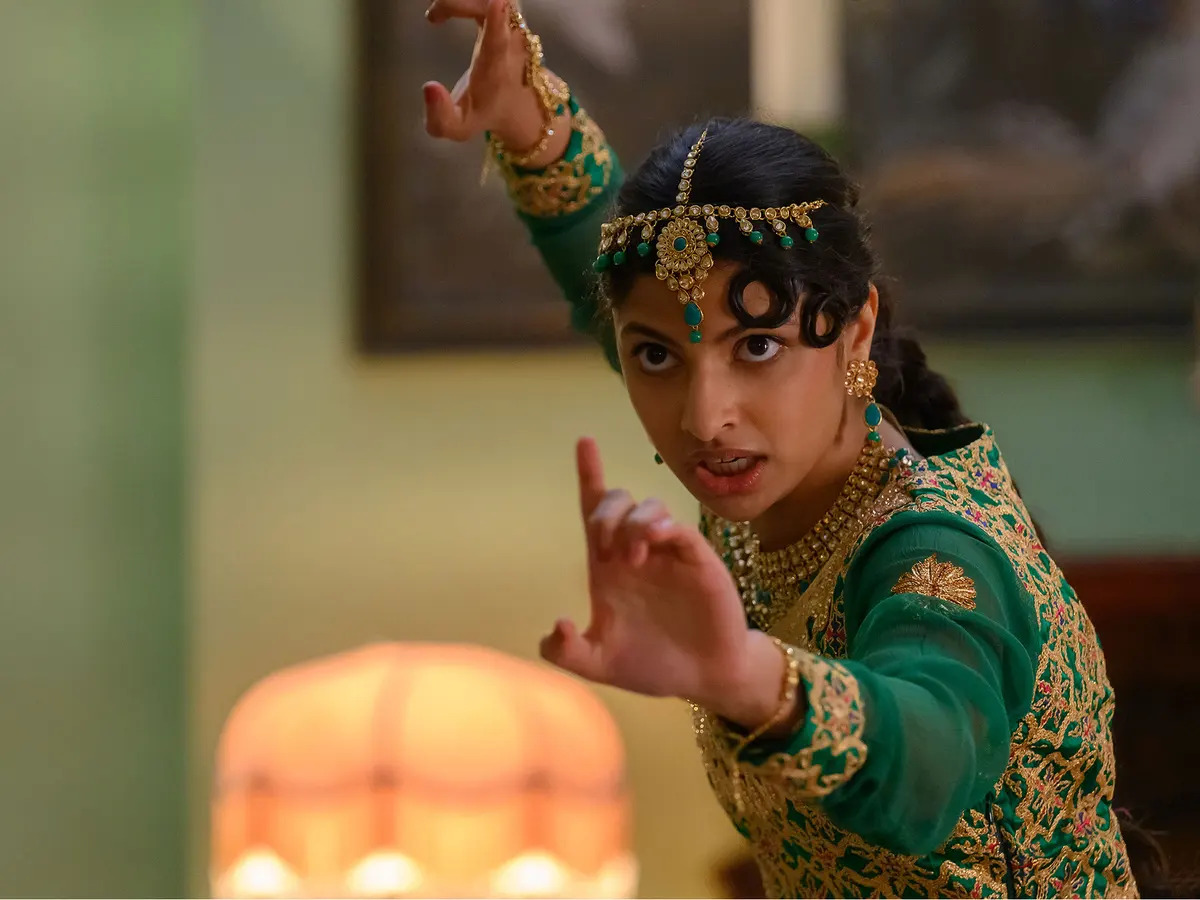Charlie’s Angels: Full Throttle
Posted on June 26, 2003 at 5:02 am
A-| Lowest Recommended Age: | Mature High Schooler |
| Profanity: | A few bad words, many double entendres |
| Nudity/ Sex: | Sexual references |
| Alcohol/ Drugs: | Brief social drinking |
| Violence/ Scariness: | Non-stop action violence, characters in peril, bad guys killed |
| Diversity Issues: | Diverse characters are strong, brave, and capable |
| Date Released to Theaters: | 2003 |
The silly summer explosions and kick-boxing movie of 2003 has arrived.
It’s pretty much the same movie as the first one, except more of everything, and this movie has a lot of everything to have more of. More lovely heads shaking lovely hair in slow-mo as the Angels run away from more explosions. More lovely legs kicking more bad guys. More cheesy 70’s pop songs and more references to other movies to show that they may not be smart or classy, but they’re self-aware and don’t take themselves seriously. More middle-school-style naughty jokes (the name Helen Zass sets off a series of tushie humor). More crazy get-ups (I know! Let’s make them dress up like nuns! And strippers!). More surprise guest stars — including one of the original Angels. More dancing. More modes of transportation, including a heliocopter, motorcross bikes, a thing that looks like a luge on wheels, and a very big truck. More booty shaking. More booty kicking. More booty. And more more Moore — Demi Moore strutting around in a bikini as an Angel gone bad.
The only thing there’s less of is plot, and does anyone who goes to this movie really care about that? Certainly no one who made the movie did.
The three Angels are all back: Dylan (producer Drew Barrymore), Alex (Lucy Liu), and Natalie (Cameron Diaz), and they are still happily taking orders from Charlie via speakerphone. There’s a new Bosley, though — Bernie Mac, a most welcome replacement for Bill Murray.
We begin in a Mongolian bar with a fast tribute to “Raiders of the Lost Ark” (and “Urban Cowboy” and “Risky Business”) as our heroines rescue a federal marshal (“Terminator 2’s” Robert Patrick). They are then sent in to retrieve two rings containing the names of people in the witness protection program, taking time out to move Natalie in with her boyfriend (Luke Wilson), and taking time out from that to dance to Hammer’s “U Can’t Touch This.”
Dylan, Alex, and Natalie behave as though they’re at a slumber party where the girls blow stuff up and perform on-the-spot forensic analyses without any equipment in between setting each other’s hair and short-sheeting each other’s beds. This gives a bouncy, buoyant, bubbly feel to the story that keeps the energy level high enough to sail through the silly dialogue and story. Moore is described as both having won the Nobel Prize for her scientific endeavors and mastering the Cosmopolitan Magazine bedside astrologer, and it is clear that this is the dream Angel, a sort of Marie Curie crossed with Barbie.
Parents are often distressed to observe their young daughters dressing their Barbies up like hookers and announcing that they are going to the office. After careful efforts to tell girls that they can be astronauts, doctors, chief executives, or even the President, it is disconcerting to see that, while the girls might want to have their dolls pursue these highly prestigious and worthwhile careers, they still want their dolls to wear glittery miniskirts while doing so. Movies like the “Charlie’s Angels” series recognize and tap into this dual fantasy.
Some families reject movies like these as sexist, but I believe a more thoughtful reaction appreciates that, while the main characters wear skimpy costumes, the women in those costumes are extraordinarily independent, capable, loyal, strong, honest, and highly educated.
The Angels are willing to take on any enemy of freedom or fairness without guns. Charlie is less their boss than their dispatcher, providing resources and opportunities for them. “Charlie’s Angels” is pop mind candy, and no one could call it a feminist ideal. But it is a mistake to dismiss its appeal as a portrayal of powerful women who are comfortable with themselves and love each other and who enjoy using all of their abilities as a force for good. If my middle-school or high-school-age daughter wanted to see it, rather than forbid it, I would use it to initiate a conversation about possible mixed messages our society sends young women and about the enduring attraction of those messages as well.
Problems include uninteresting villains and a dopey sidetrack as Alex’s boyfriend (Matt LeBlanc) and father (John Cleese) have a pointless misunderstanding about what Alex really does on the job. Yes, Demi Moore looks sensational as an Angel turned bad, but her performance is weak. Justin Theroux is also wasted as Dylan’s former boyfriend. Shia LeBeouf (“Holes”) is in the movie for no particular reason. But Crispin Glover returns for a few nicely creepy moments as the mute Thin Man who has a thing about hair.
Parents should know that the movie has non-stop “action violence,” meaning that it is not very graphic. A character is impaled and several characters are killed. There is a brief graphic scene of a calf birth. As in the first movie, the Angels do not use guns. Characters use some strong language and make some naughty double-entendres. Alex’s father believes she is a prostitute. Female and minority characters are brave, smart, loyal, and capable.
Families who see this movie should talk about how (and why) people create their own families.
Families who enjoy this movie will also enjoy the original and the James Bond movies.






